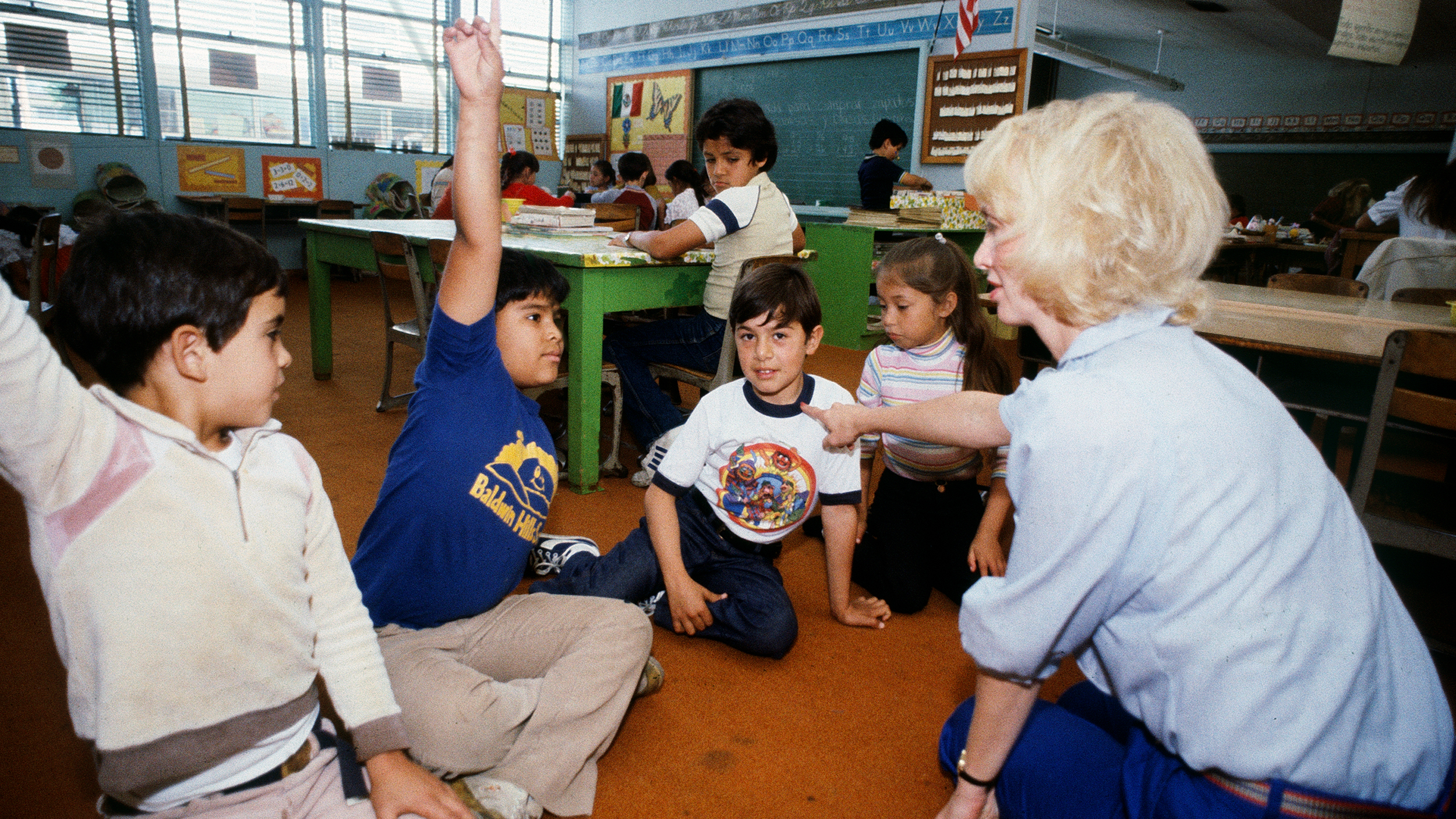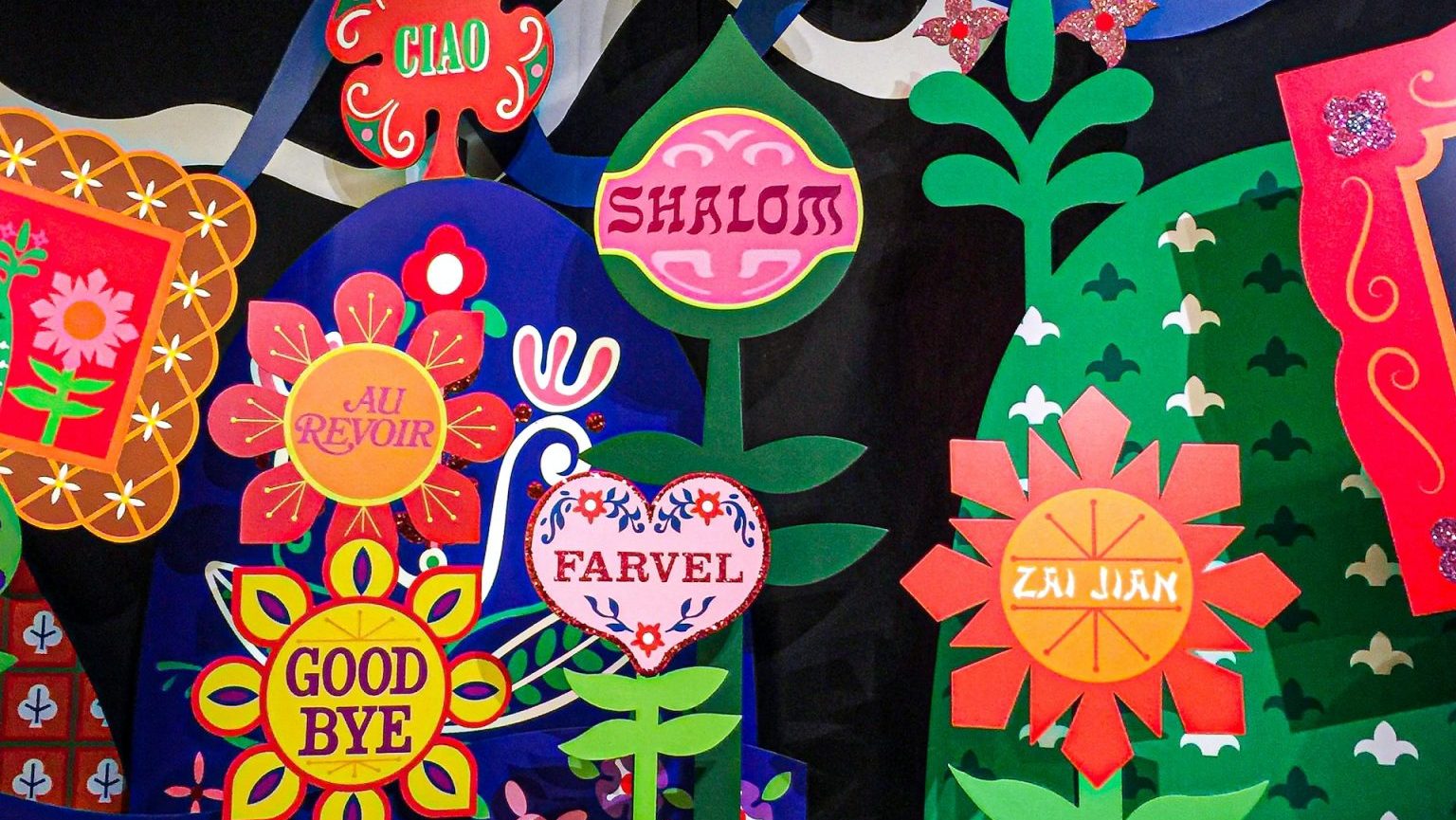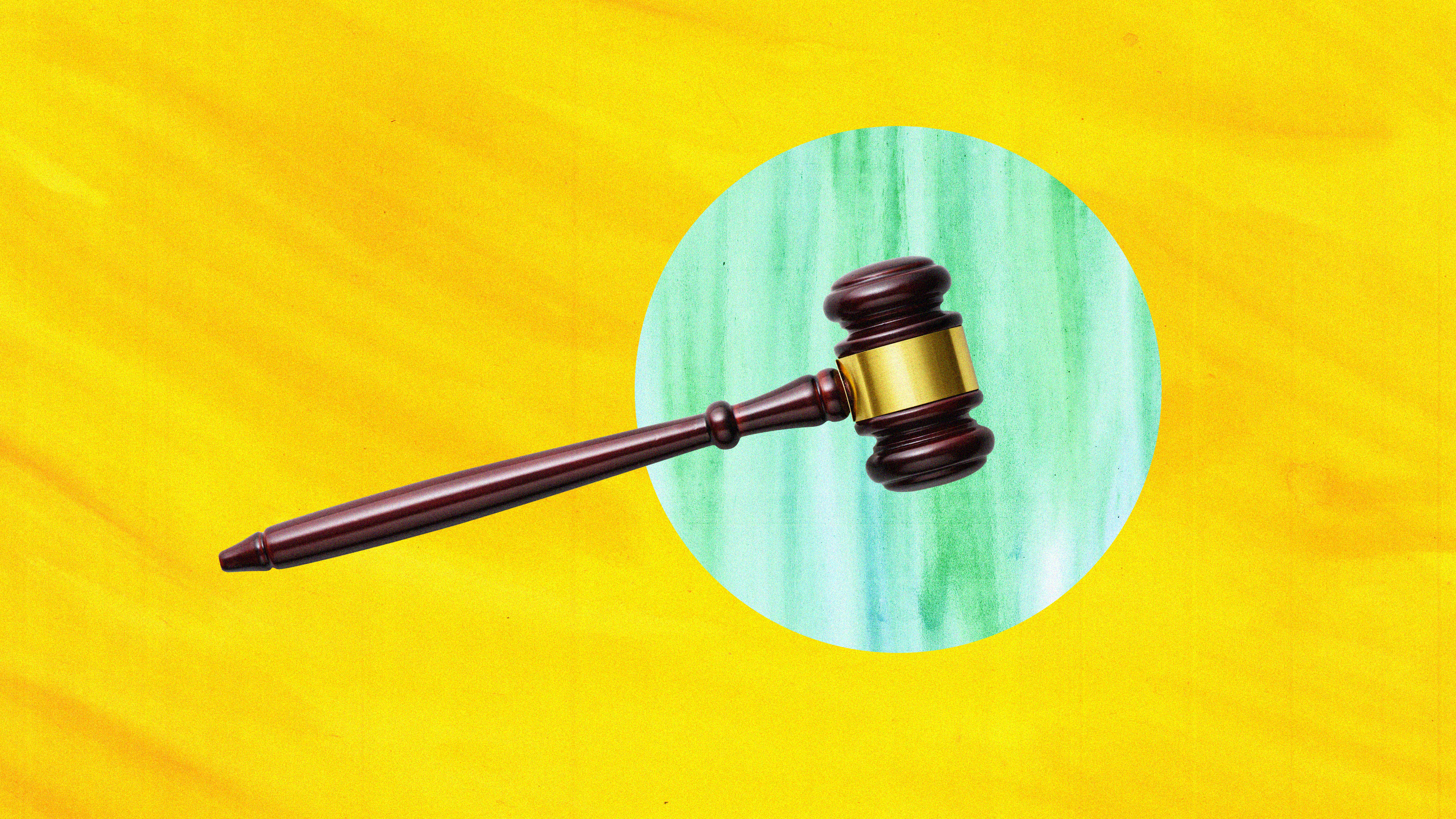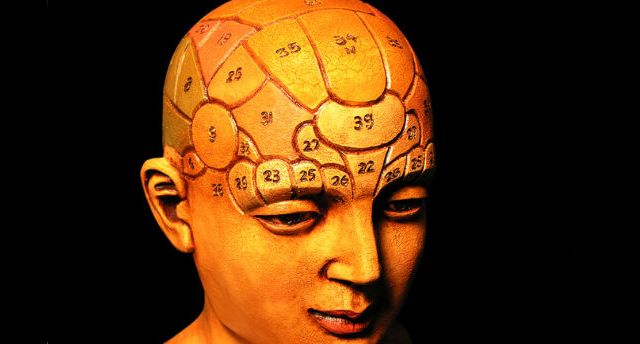How a Second Language Rewires Your Brain

What’s the Latest Development?
Using an artificial 13-world language called Brocanto2, scientists have concluded that even adult brains, which struggle to pick up new languages, can mimic the brain patterns of native speakers. Scientists at Georgetown and the U of Illinois divided a group of participants into two categories, one which received immersion-level instruction and one which did not. The results showed that adults who were more immersed were better able to identify errors in the language and that their brain patterns more closely approximated those of native speakers.
What’s the Big Idea?
After a time, both groups achieved the same level of proficiency in the language, equally identifying when an error had been made. But their brains were never evenly matched. “Only the brains in the immersion training group processed language like native speakers’ brains would.” Perhaps more interestingly, after five months without exposure to the language, the brains of both groups became more similar to that of native speakers. The research suggests there are benefits to taking pauses when learning a second language.
Photo credit: shutterstock.com





